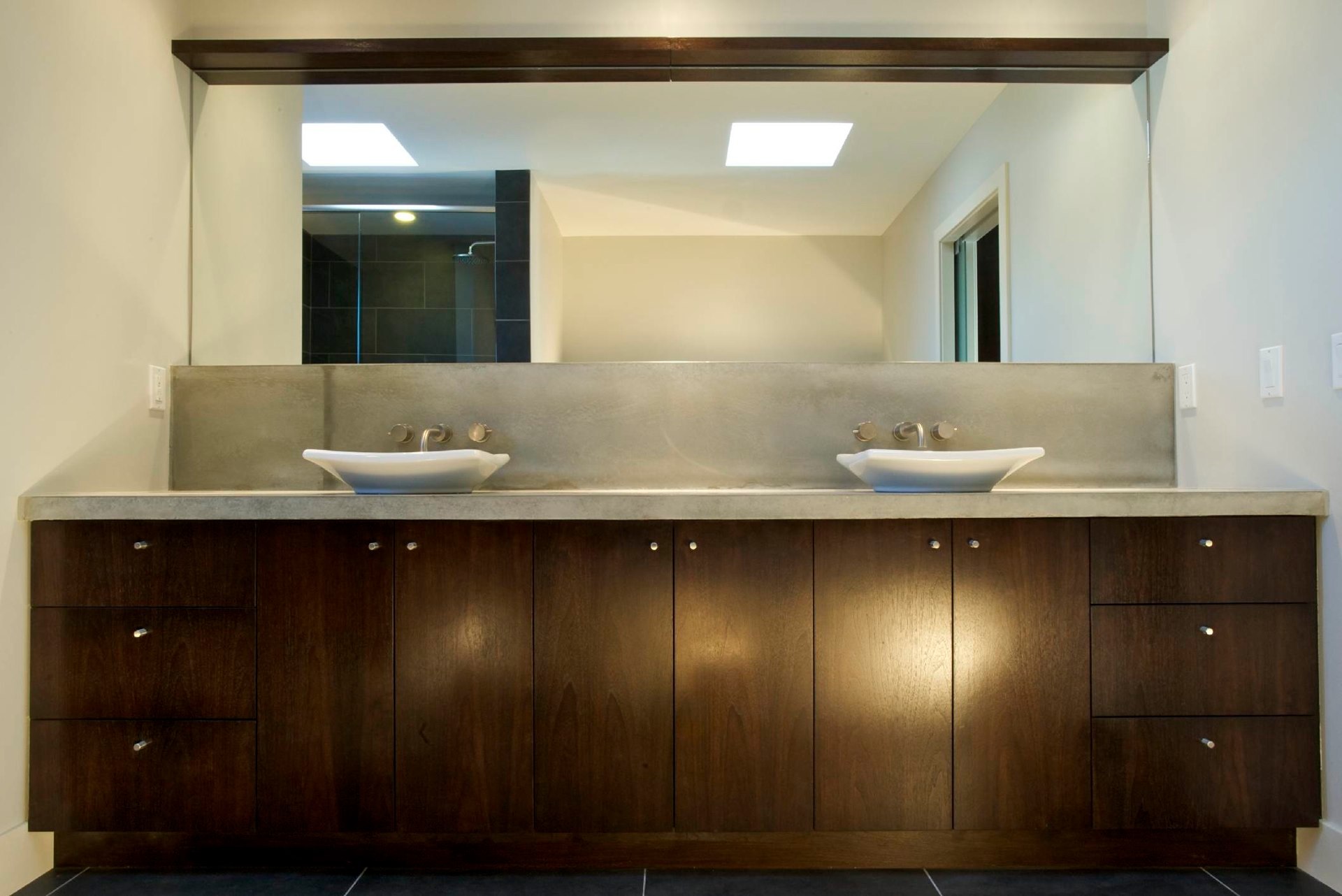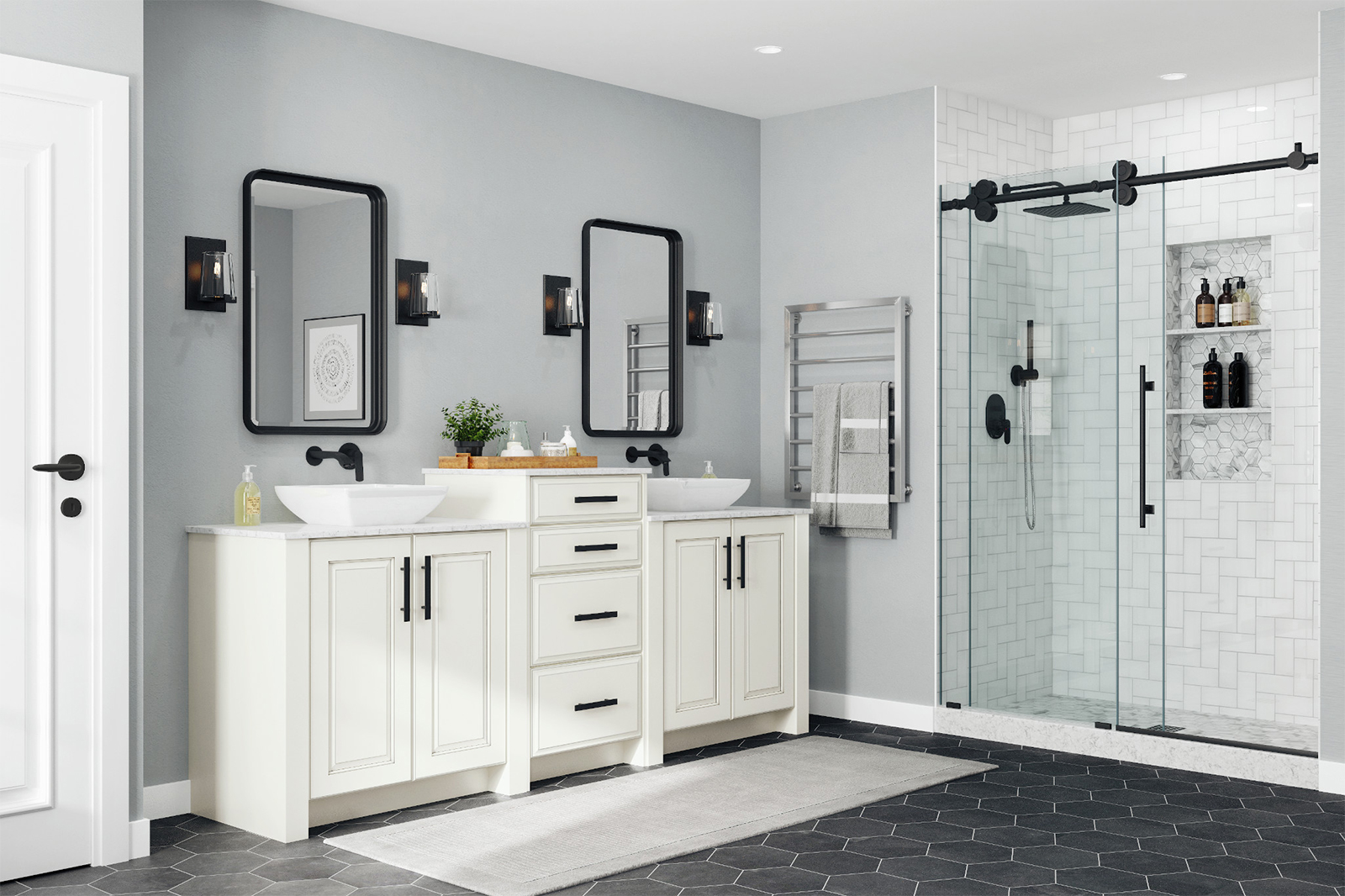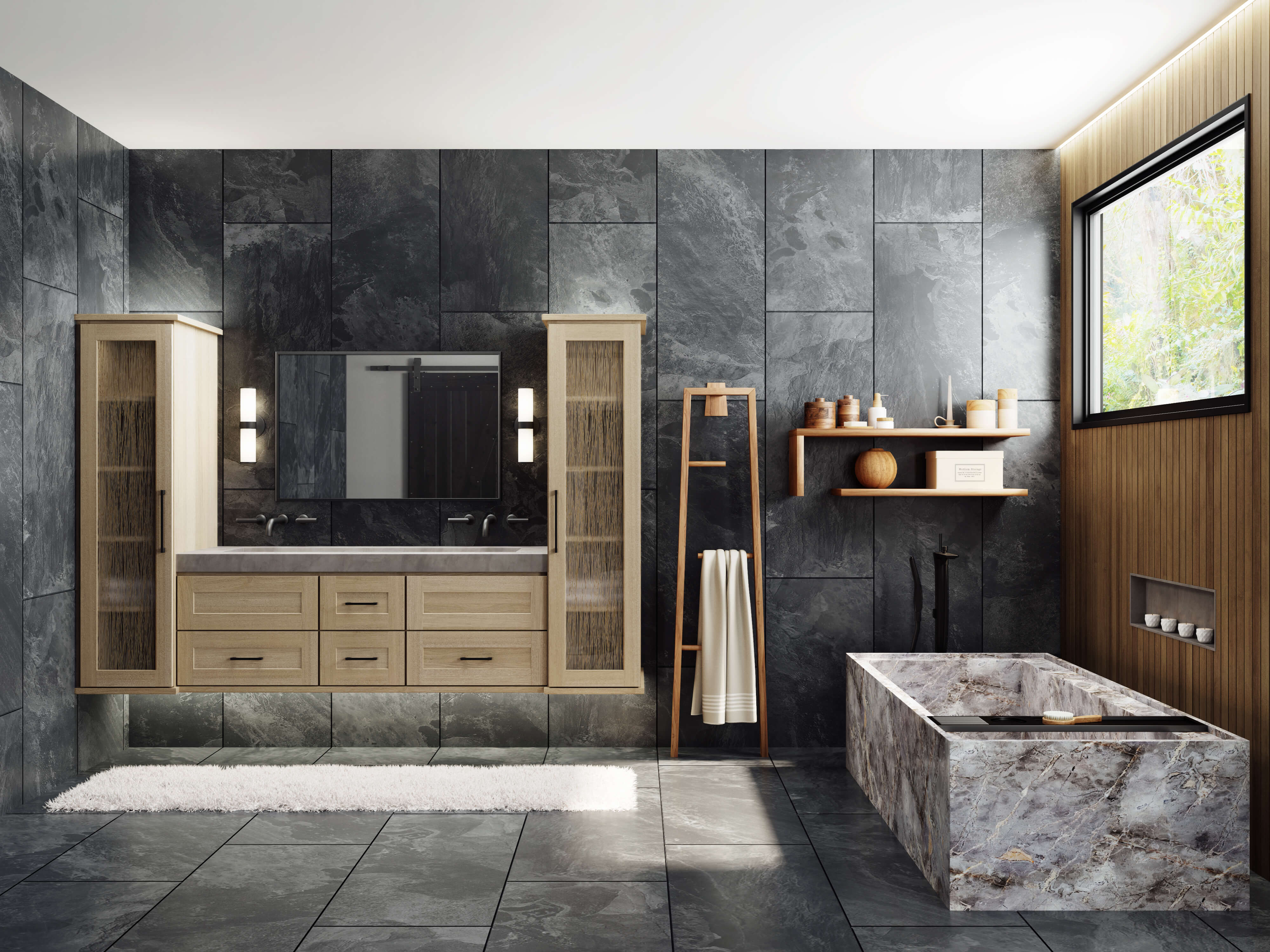Bathroom Cabinet Design Trends: Photos Of Bathroom Cabinets

Bathroom cabinets are no longer just functional storage solutions. They have evolved into statement pieces that enhance the overall aesthetics of the bathroom. With a wide range of materials, finishes, and styles available, choosing the perfect bathroom cabinet can be a daunting task. This guide will explore the latest trends in bathroom cabinet design, helping you make an informed decision that reflects your personal style and enhances your bathroom’s functionality.
Materials and Finishes
The choice of materials and finishes for bathroom cabinets plays a significant role in determining their durability, style, and overall aesthetic. Here are some of the most popular options:
- Wood: A timeless choice, wood offers a natural warmth and elegance. Popular options include oak, maple, cherry, and walnut, each with its unique grain pattern and color variations. Wood cabinets can be stained or painted to match any bathroom décor.
- Laminate: A budget-friendly alternative to wood, laminate offers a wide range of colors, patterns, and finishes. It is also durable and water-resistant, making it a practical choice for bathrooms.
- Acrylic: Acrylic cabinets are known for their sleek, modern look and high gloss finish. They are also easy to clean and maintain, making them a popular choice for contemporary bathrooms.
- Metal: Metal cabinets, often made of stainless steel or aluminum, offer a sleek and industrial look. They are also durable and resistant to moisture, making them a good choice for modern bathrooms.
Photos of bathroom cabinets – In terms of finishes, matte finishes are becoming increasingly popular, offering a sophisticated and understated look. High-gloss finishes, on the other hand, create a more dramatic and contemporary feel. The choice of finish should complement the overall bathroom design and create a cohesive look.
Bathroom Cabinet Functionality and Organization

Bathroom cabinets are more than just storage solutions; they are the backbone of a well-organized and functional bathroom. They hold everything from toiletries and medications to towels and styling tools, making them essential for maintaining a clean and efficient space.
Types of Bathroom Cabinets
Choosing the right type of bathroom cabinet is crucial for optimizing both functionality and aesthetics. Here’s a breakdown of the most common types:
- Wall-Mounted Cabinets: These cabinets offer a space-saving solution, especially in smaller bathrooms. They are typically mounted directly to the wall, leaving the floor clear for other furniture or fixtures. Wall-mounted cabinets come in various sizes and styles, making them adaptable to different bathroom designs.
- Freestanding Cabinets: These cabinets are independent units that can be placed anywhere in the bathroom. They offer greater flexibility in terms of placement and can be easily moved or rearranged as needed. Freestanding cabinets are often taller and wider than wall-mounted cabinets, providing ample storage space.
- Vanity Cabinets: These cabinets are designed to be placed under the bathroom sink, providing a convenient and integrated storage solution. Vanity cabinets typically include drawers and shelves for storing toiletries, towels, and other bathroom essentials. They often come with a countertop, providing a surface for placing toiletries or decorative items.
Benefits and Drawbacks of Different Cabinet Types
- Wall-Mounted Cabinets:
- Benefits: Space-saving, easy to clean under and around, versatile in terms of size and style.
- Drawbacks: Limited storage space compared to freestanding cabinets, may require professional installation.
- Freestanding Cabinets:
- Benefits: Ample storage space, flexible placement, can be moved or rearranged as needed.
- Drawbacks: Can take up more floor space, may not be suitable for smaller bathrooms.
- Vanity Cabinets:
- Benefits: Integrated storage solution, provides a countertop for toiletries and decorative items, often comes with a mirror.
- Drawbacks: Can be more expensive than other types of cabinets, may not be suitable for all bathroom layouts.
Bathroom Cabinet Organization
Bathroom cabinet organization is key to maximizing storage space and ensuring a clutter-free environment. Here are some tips for achieving optimal organization:
- Categorize Items: Group similar items together, such as toiletries, medications, cleaning supplies, and hair care products. This makes it easier to find what you need and helps prevent clutter.
- Utilize Vertical Space: Use shelves, drawers, and organizers to maximize vertical space within the cabinet. This helps keep items off the floor and makes the most of available storage.
- Employ Storage Solutions: Utilize a variety of storage solutions, such as baskets, trays, and dividers, to keep items organized and separated. This helps prevent items from getting lost or jumbled together.
- Consider Shelf Liners: Shelf liners can protect your shelves from scratches and spills. They can also add a decorative touch to your bathroom cabinet.
Organizing a Bathroom Cabinet Based on Intended Use
Here’s a detailed layout for organizing a bathroom cabinet based on its intended use:
- Top Shelf: This shelf can be used for storing less frequently used items, such as extra towels, seasonal items, or bulk purchases.
- Middle Shelf: This shelf is ideal for storing everyday items, such as toiletries, medications, and hair care products. Use baskets, trays, or dividers to separate items and create a visually appealing and organized look.
- Bottom Shelf: This shelf is suitable for storing larger items, such as cleaning supplies, hair dryers, or styling tools. You can use a drawer organizer to keep smaller items in this area tidy.
- Drawers: Drawers are perfect for storing smaller items, such as makeup, jewelry, or nail polish. Utilize drawer dividers to keep items separated and organized.
Bathroom Cabinet Installation and Maintenance

Installing bathroom cabinets can be a rewarding DIY project, enhancing both the functionality and aesthetics of your bathroom. From choosing the right hardware to ensuring proper maintenance, a well-installed bathroom cabinet can serve you for years to come.
Installing Bathroom Cabinets
Installing a bathroom cabinet requires careful planning and execution. Following these steps can ensure a successful installation:
- Choose the right location: Consider the available space, plumbing access, and proximity to electrical outlets when selecting the ideal spot for your bathroom cabinet. Measure the area carefully to ensure the cabinet fits properly.
- Prepare the wall: The wall must be sturdy enough to support the weight of the cabinet. If necessary, reinforce the wall with additional studs or use wall anchors.
- Mark the installation points: Use a level to ensure the cabinet is installed straight. Mark the wall where the cabinet will be mounted using a pencil.
- Install the cabinet: Attach the cabinet to the wall using appropriate hardware. Screws or anchors are typically used, depending on the type of wall and cabinet weight.
- Install the doors and hardware: After the cabinet is securely mounted, install the doors and any additional hardware, such as shelves, drawers, or mirrors.
Choosing the Right Hardware and Tools
The right hardware and tools are essential for a successful bathroom cabinet installation.
- Screws and anchors: The type of screws and anchors needed will depend on the weight of the cabinet and the type of wall. For heavier cabinets, use longer screws and heavy-duty anchors.
- Level: A level is essential to ensure the cabinet is installed straight.
- Stud finder: A stud finder helps locate wall studs, providing a more secure mounting point for the cabinet.
- Drill: A drill is needed to pre-drill holes for screws and to install anchors.
- Tape measure: A tape measure is essential for accurate measurements when determining the location and size of the cabinet.
- Pencil: A pencil is used to mark the wall for the cabinet installation points.
Bathroom Cabinet Maintenance, Photos of bathroom cabinets
Regular maintenance is crucial for keeping your bathroom cabinet looking its best and functioning properly.
- Clean regularly: Wipe down the cabinet surfaces with a damp cloth and mild detergent to remove dust, grime, and spills. Avoid harsh chemicals that can damage the finish.
- Inspect the hardware: Check the hinges, handles, and drawers for any signs of wear or damage. Tighten loose screws and replace damaged parts as needed.
- Keep the cabinet dry: Excessive moisture can lead to mold and mildew growth. Ensure the cabinet is well-ventilated and dry.
- Avoid overloading: Overloading the cabinet can strain the hinges and shelves, leading to damage.
Troubleshooting Common Bathroom Cabinet Problems
Addressing common bathroom cabinet issues can help prevent more significant problems.
- Leaky faucets: A leaky faucet can damage the cabinet over time. Replace the faucet washer or cartridge as needed.
- Sticking drawers: Sticking drawers can be caused by dirt, grime, or swelling due to moisture. Clean the drawer tracks and apply lubricant as needed.
- Loose hinges: Loose hinges can cause the cabinet door to sag or become misaligned. Tighten the hinge screws or replace the hinges as needed.
